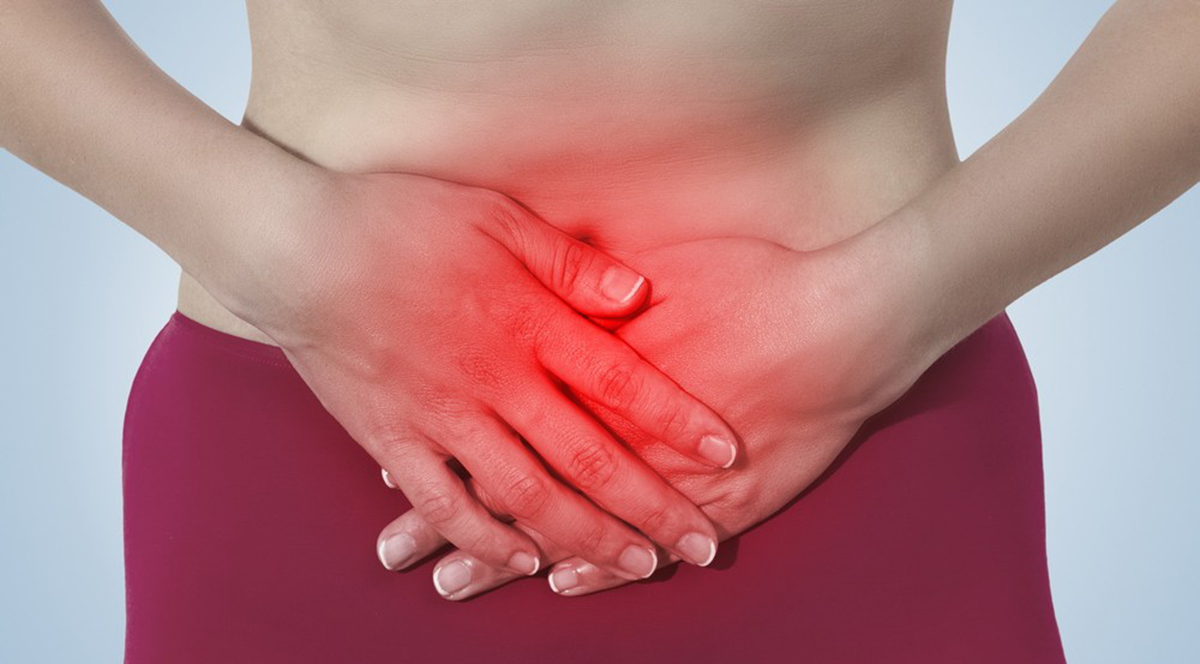Table of Contents
Peritoneum is the smooth and silky membrane that lines the inner walls of the abdomen as well as the abdominal organs. Peritonitis is an infection of this membrane. Peritonitis may be a bacterial or fungal infection, and usually occurs due to a perforation (rupture) in the abdomen.

For a surgeon, peritonitis is one of the most feared complications. Timely management has shown good outcomes, but anyway, the surgeons have to cut open the abdomen to clean the whole area. Even a minor mistake can lead to death of the patient. It is also known to be dangerous because peritonitis, after a certain period of time, spreads infection into the blood stream causing sepsis. Once the infection has reached blood, it causes multi-system failure which is hard to manage. Studies have shown that patients who develop sepsis are less likely to recover.
What are the Types of Peritonitis?
Peritonitis has two main types, namely primary (spontaneous) peritonitis and secondary peritonitis. Both these types can be fatal.
What are the Causes of Peritonitis?
Peritonitis is divided into 2 categories based on its causes.
1. Primary (spontaneous) Peritonitis
This infection, as the name suggests, starts within the peritoneum. Causes for the development of this type of infection include:
- Kidney Failure during Peritoneal Dialysis
This is a procedure in which a catheter is implanted into the peritoneum to filter blood of wastes that accumulate due to kidney failure. Accidental contamination of the peritoneum due to an infected catheter is likely to cause primary peritonitis.
- Cirrhosis (Liver Disease)
Such a disease causes the accumulation of abdominal fluids that may become infected. Excessive use of alcohol and chronic viral hepatitis (B or C) can increase the chances of developing liver cirrhosis.
2. Secondary Peritonitis
This sort of infection develops after an injury or infection in the abdominal cavity, due to which infectious organisms spread into the peritoneum. It can also infect premature babies in certain cases. Causes include:
- Pancreatitis - bile or certain chemicals secreted by the pancreas seep out into the lining of the abdominal cavity.
- Injured or ruptured appendix
- Perforation of stomach, intestine or gallbladder
- Diverticulum or Diverticulitis
- Stomach ulcer
- Crohn’s disease
- Pelvic Inflammatory Disease (PID)
- Complications form abdominal surgery
- Abdominal trauma (gunshot wound, knife injury, etc)
Non-infectious Peritonitis
Peritonitis can also be caused by certain irritants or chemicals, such as blood, bile, and foreign substances that may gain entry into the abdomen.
It is also found to cause peritonitis, but very rare.
See Also: Persistent pain in the upper abdomen: Dyspepsia (Indigestion) Symptoms and Treatment
Who is at Risk of Developing Peritonitis?
Certain factors that may increase the risks of peritonitis are:
- Prior infection – Chances of peritonitis is higher in those who have had a prior infection.
- Peritoneal Dialysis – Chances of developing a consequent infection are higher.
- Immuno-compromised Patients – patients with weak immune system are at a greater risk of developing peritonitis. Drug abusers and patients suffering from AIDS are good examples of immuno-compromised patients.
- Other conditions – Cirrhosis, diverticulitis, appendicitis, Crohn’s disease, pancreatitis, stomach ulcers.
- Photo by shutterstock.com
- Photo courtesy of Erica Firment by Flickr : www.flickr.com/photos/librarianavengers/2888783484
- www.webmd.com/digestive-disorders/peritonitis-symptoms-causes-treatments?page=2
- http://www.mayoclinic.org/diseases-conditions/peritonitis/basics/complications/con-20032165

